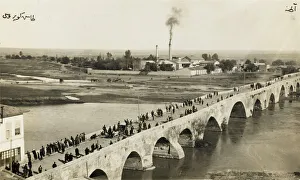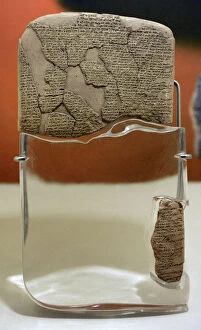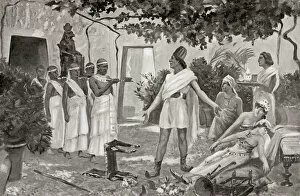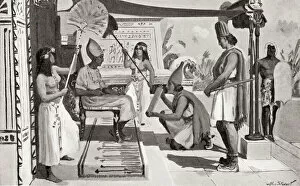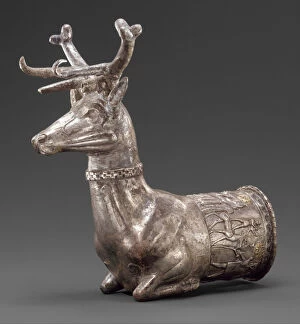Hittite Collection
Adana, Turkey - The Bridge: A city that stands as a testament to the ancient Hittite civilization
All Professionally Made to Order for Quick Shipping
Adana, Turkey - The Bridge: A city that stands as a testament to the ancient Hittite civilization, Adana in Turkey is home to numerous archaeological sites and remnants of this once mighty empire. Kadesh Treaty, 1269 BC. Egyptian-Hittite Peace Treaty. Terra: The Kadesh Treaty marked a historic moment of peace between the Egyptians and Hittites, ending years of conflict and establishing diplomatic relations between these two powerful nations. Remains of a Hittite temple at Eflatun Pinar: Explore the ruins of an ancient Hittite temple at Eflatun Pinar and witness the architectural marvels that were created by this advanced civilization. Ruins of the ancient city of Carchemish: Step back in time as you wander through the ruins of Carchemish, an important city during the Hittite era. Marvel at its grandeur and imagine what life was like for its inhabitants thousands of years ago. Battle of Kadesh (1274 B. C. ). Ramses II in his chariot. Rame: Relive one of history's most epic battles - the Battle of Kadesh - where Ramses II led his chariot into war against the formidable Hittites. This clash forever altered the balance of power in ancient Egypt. Moulding rock relief depicting Warpala, king Tyana land praying in front plant storm Tarhunza late hittite period 8th century BC (lime): Delve into religious practices during late Hittite times with a mesmerizing rock relief depicting King Warpala praying before Tarhunza, god associated with storms and agriculture. Relief depicting a war chariot. Orthostat. Basalt. 9th century BC. : Witness artistic mastery on display with an intricately carved relief showcasing a war chariot from the 9th century BC made out basalt stone—an enduring symbol representing military might and prowess. Hittite art.

